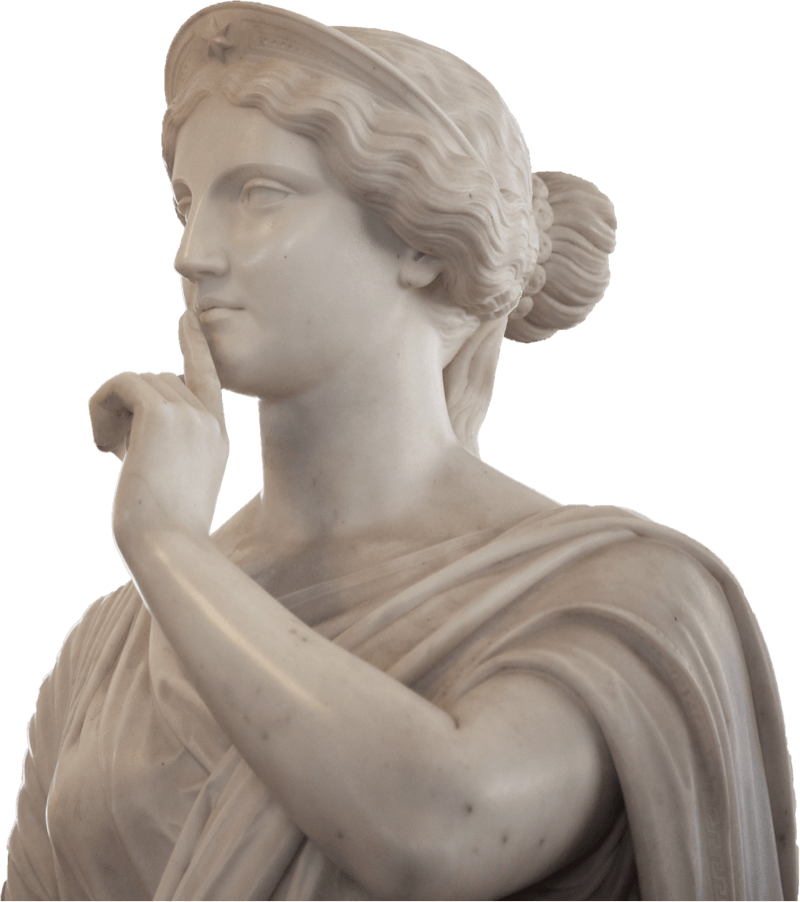Anyone can visit
Opens Today at 9:00am

Pulling books for a display celebrating women writing science fiction, I went looking in the stacks for Frankenstein because Mary Shelley and her monstrous story essentially invented the genre.
Frankenstein is 200 years old this year, and our copy was printed in 1912. There’s a sense of permanence about a library, especially one like the Mercantile, which as been around since 1835. A century’s worth of readers have had the chance to discover Frankenstein here, hold it in their hands just as I did, marvel at the ornate introductory illustration, read Shelley’s remarkable story.
But perhaps a century ago, readers might not have The unnamed author explains that Shelley was the second wife of the poet Percy Bysshe Shelley, then opines: “Whether she would ever have written a “Frankenstein” without the influence of his genius is doubtful …”
But while the stories in them might be timeless, books themselves also are artifacts of their time, a fact that became clear as I read the introduction in that old edition. He (I think it’s safe to assume it was a he) continues, quoting Dr. Richard Garnett, “a good authority on all Shelleyan matters”: “Nothing but an absolute magnetising of her brain by Shelley’s can account for her having risen so far above her usual self as in Frankenstein.”
This is not the modern view of Shelley.

Articles this year celebrating Frankenstein’s anniversary have credited her as the mother of sci-fi. They’ve collected lists of authors inspired by Frankenstein and books paying homage to the classic. They’ve lauded Shelley’s intellect and innovation.
Shelley dreamed up the first version of Frankenstein — literally, the story was born of a nightmare — after Lord Byron, near whom Mary and Percy were staying in Geneva one damp, dreary summer, challenged everyone to write a ghost story. She was 18, pregnant and still grieving her first daughter, who had lived just a few days. Perhaps it was this tragedy, not Percy’s magnetic brain, that inspired the story. Shelley reported dreaming of her daughter being vigorously rubbed back to life in front of a warm fire.
The very first version of Frankenstein was published anonymously and people assumed Percy had written it. A century later, as our 1912 edition shows, Mary Shelley was being credited, albeit with much inspiration from the men in her life. Two centuries later, the tale is wholly hers and she’s credited with inspiring others.
After a 100 years of readers, our 20th century copy of Frankenstein is fragile. Our librarian reglued the cover before I put it out on display, but we went ahead and ordered a new copy, too. Together on a shelf, the two versions will be a reminder how stories remain even as our understanding and interpretation of them changes.
Join Today
Join the Library


Mon - Tue - Wed - Thu - Fri }9:00am – 5:00pm
Sat }ClosedSun }Closed
Find Us
414 Walnut St. 11th Story
Cincinnati, OH 45202
(513) 621 - 0717
The Mercantile Library ©2024, All rights reserved. / Privacy Policy